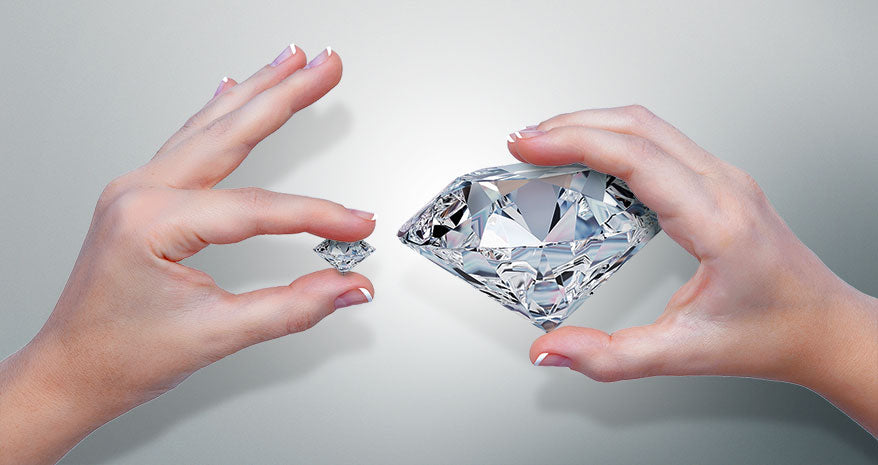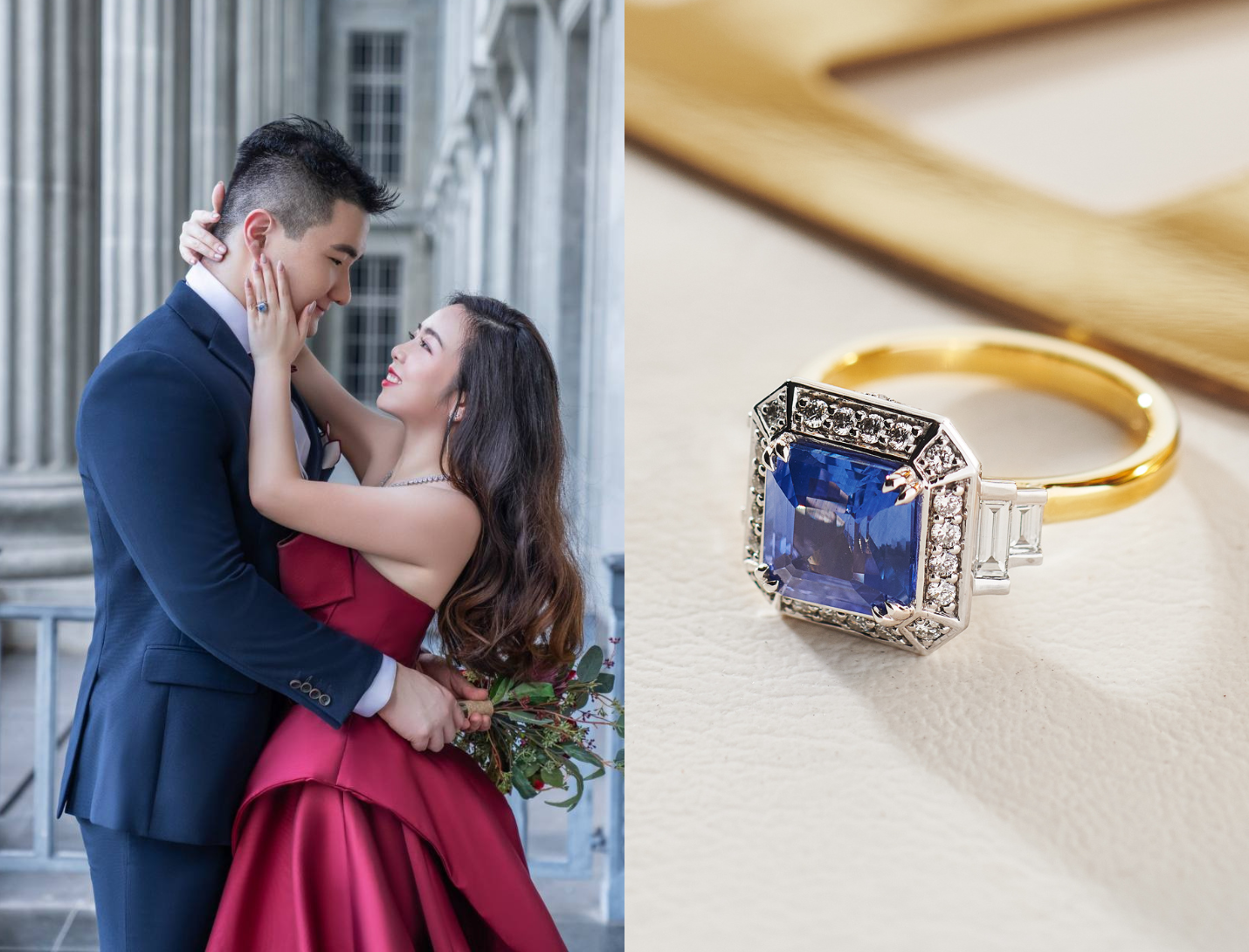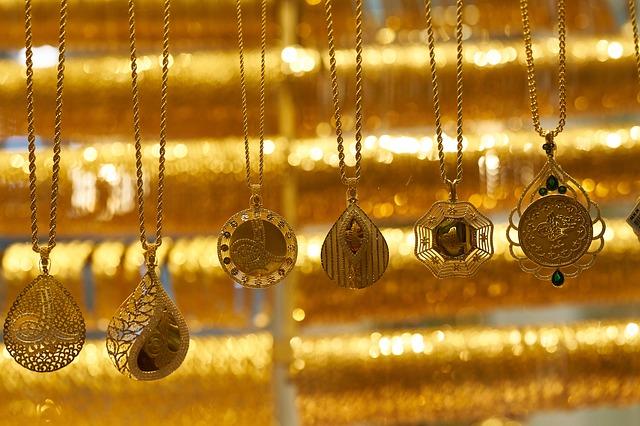Types of Diamond Cuts in Lab-Created Diamonds: A Comprehensive Guide
The Importance of Diamond Cut in Lab-Created Diamonds
The cut of a diamond goes beyond the shape; it refers to how well the types of diamond cuts interact with light. A well-executed cut maximizes the diamond’s brilliance and fire, while a poorly cut stone can appear dull despite its clarity and carat weight. In lab-created diamonds, the precision and consistency of cuts are often superior due to controlled production processes. The quality of the cut influences the overall beauty of the diamond and is a key determinant of its value.
Round Brilliant Cut
The round brilliant cut is the most popular and recognized diamond cut, both for lab-grown and natural diamonds. Its symmetrical shape and precise facets are designed to reflect maximum light, making it the most brilliant of all diamond cuts. Round diamonds typically feature 58 facets, allowing for an ideal balance of brilliance and fire. This classic cut works well in a variety of settings, from solitaire rings to intricate halo designs, and is often the top choice for engagement rings.
Due to its widespread appeal, the round brilliant cut often commands a higher price compared to other shapes, even in lab-created diamonds. However, the added brilliance and timeless aesthetic often make it a worthwhile investment.
Princess Cut
The princess cut is a modern favorite, known for its sharp, square shape and brilliant sparkle. Introduced in the 1980s, the princess cut has quickly become one of the most popular diamond shapes for those seeking a contemporary look. It features a square or rectangular profile with a high degree of brilliance, comparable to that of the round brilliant cut.
The sharp corners of the princess cut give it a distinct and bold appearance, making it ideal for modern settings. Whether set as a solitaire or surrounded by smaller accent stones, the princess cut offers a unique combination of elegance and sparkle in lab-created diamonds.
Cushion Cut
The cushion cut, also known as the pillow cut, combines the brilliance of a round diamond with the shape of a square or rectangular stone. It has rounded corners and larger facets, giving it a softer, more vintage feel. Cushion-cut diamonds are known for their romantic, antique aesthetic, which has been popular for over a century.
In lab-created diamonds, the cushion cut offers a brilliant sparkle with a unique look, making it a great option for those who appreciate both modern and vintage styles. It’s often used in engagement rings, particularly in settings that emphasize the diamond’s vintage charm.
Emerald Cut
The emerald cut is a rectangular step-cut diamond known for its understated elegance and sophistication. Unlike the brilliant cuts, the emerald cut focuses on clarity and luster rather than sparkle. Its long, clean lines create a “hall of mirrors” effect, drawing attention to the diamond’s clarity.
In lab-created diamonds, the emerald cut is favored by those who appreciate simplicity and grace. Its large table surface allows for a clear view of the stone, making it a great choice for those who value clarity and purity. This cut is often used in three-stone ring settings or as the centerpiece in minimalist designs.
Oval Cut
The oval cut offers a unique twist on the round brilliant cut, featuring an elongated shape that enhances the diamond’s appearance. This cut is perfect for those who want the brilliance of a round diamond with a slightly more distinctive look. The elongated shape of the oval cut can also make the diamond appear larger than its carat weight, making it an appealing choice for those seeking maximum visual impact.
Oval-cut diamonds are highly popular in lab-created diamonds due to their flattering shape, which complements various hand sizes and ring styles. The shape can create an illusion of longer, slender fingers, making it a popular choice for engagement rings.
Marquise Cut
The marquise cut is an elongated shape with pointed ends, offering a dramatic and regal appearance. Its unique silhouette maximizes the diamond’s carat weight, making the stone appear larger than other cuts of the same size. This cut is ideal for those seeking a bold and distinctive look.
The marquise cut works particularly well in lab-created diamonds, where precision and clarity are paramount. Its elongated shape also has a slimming effect on the fingers, making it a popular choice for rings and pendants.
Pear Cut
The pear cut, often referred to as a teardrop shape, is a blend of the round brilliant and marquise cuts, with a rounded end and a pointed tip. This unique cut offers a combination of brilliance and elegance, making it an attractive choice for lab-grown diamonds. The pear cut is particularly versatile, working well in both solitaire and halo settings.
When choosing a pear-shaped lab-created diamond, it’s important to ensure that the cut is well-proportioned to avoid uneven brilliance. The pointed tip should be sharp, while the rounded end should be perfectly symmetrical to maximize the stone’s beauty.
Radiant Cut
The radiant cut is a hybrid between the emerald and princess cuts, combining the rectangular shape of the emerald cut with the brilliance of the princess cut. This cut offers an intense sparkle, making it an excellent choice for those who want both brilliance and a unique shape.
In lab-created diamonds, the radiant cut is often chosen for its versatility and high brilliance. Its cropped corners and brilliant facets make it a striking option for engagement rings and other fine jewelry.
Asscher Cut
The asscher cut is a square version of the emerald cut, featuring step facets and a high crown. It has an art-deco feel, exuding vintage charm and elegance. Although it doesn’t sparkle as much as brilliant cuts, the asscher cut draws attention with its mesmerizing depth and clarity.
Lab-created diamonds in the asscher cut are ideal for those who prefer a refined and sophisticated look. The symmetrical facets of this cut offer a unique play of light, making it an excellent choice for vintage-inspired jewelry.
Heart Cut
The heart cut is a romantic and symbolic shape, perfect for those seeking a unique and personal touch in their lab-created diamond jewelry. As the name suggests, the diamond is shaped like a heart, with symmetrical curves and a pointed tip.
Creating a heart-shaped lab-grown diamond requires precision and expertise to ensure symmetry and brilliance. This cut is often used in pendants and rings, making a bold statement of love and affection.
Choosing the Perfect Cut for Lab-Created Diamonds
Selecting the right cut for your lab-grown diamond is essential to achieving the desired look and brilliance. Each cut has its unique qualities, and the choice depends on personal style, the setting of the jewelry, and the occasion. Whether you prefer the timeless brilliance of a round cut, the modern appeal of a princess cut, or the vintage charm of a cushion cut, lab diamonds offer endless possibilities with exceptional precision and quality.
lab created diamonds have transformed the jewelry landscape by offering an ethical, sustainable alternative to natural diamonds. One of the most crucial factors in selecting a lab-created diamond is its cut. The diamond cut impacts the brilliance, sparkle, and overall visual appeal. This article explores the most popular types of diamond cuts in lab-grown diamonds, helping you make an informed choice.
More Stories
Sparkling With Uniqueness: A Manual for Redid Diamond Rings in Singapore
For some, a diamond ring connotes a groundbreaking event, a badge of affection pervaded with profound individual meaning. In any...
Perth Pawn Shop: Your Ultimate Guide to Unlocking Hidden Treasures
Welcome to the vibrant world of Perth Pawn Shop! Have you ever wondered about the stories behind the items in...
Integrating EHS&S into Your Company Culture
By: Langdon Dement, Global EHS Advisor, Evotix Organizations traditionally focus on environment, health and safety (EHS) to mitigate risks, comply...
Implementing an Effective Digital Assurance Strategy: Best Practices and Lessons Learned
The physical business world has given way to digital solutions with applications, networks, and operating systems taking the center of...
Guide to the Top Transit Insurance Policies
Transit insurance is a type of insurance that covers goods and products during transportation, whether by land, sea, or air....
Get To Where You Want To Be With The Help Of A Branding Agency On The Gold Coast.
Branding is more than just a logo design or graphic. Instead, it is the personality behind your business, and essentially...








